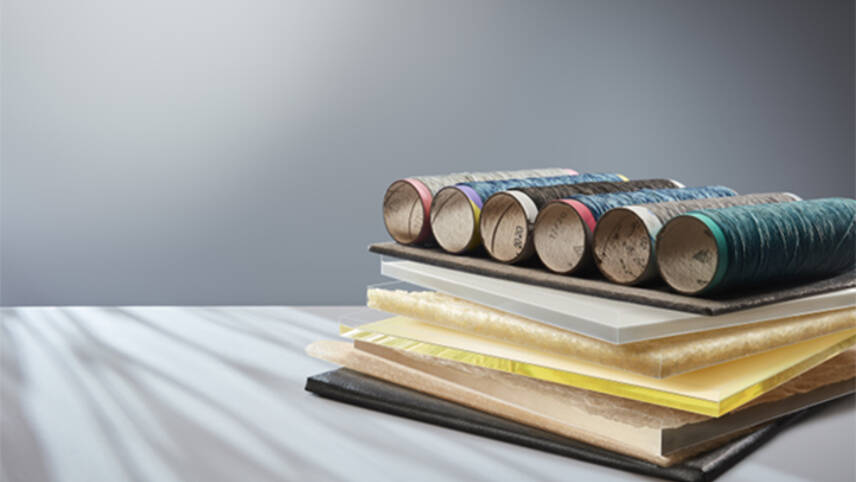This premium content is exclusive to edie Members.
To find out more about edie Membership, please click below.
If you are an existing member, login here

At a Glance
Who: Interface
What: Expansion of the carbon-negative product portfolio to 38 products, featuring 378 colours, with the incorporation of CQuest™BioX backing
Where: Europe.
Why: To achieve carbon negativity by 2040 and lead the industry in sustainable flooring solutions
When: Announced as part of Interface’s ongoing sustainability journey.
The Challenge
The built environment sector is accountable for roughly a quarter of global greenhouse gas (GHG) emissions, amounting to 14.4 metric gigatons of CO2 equivalent (GtCO2e) annually. Moreover, construction and building operations contribute to approximately 26% of all GHG emissions and 37% of combustion-related emissions.
The challenge addressed by Interface was to make sustainable, carbon-negative building materials widely accessible. It aimed to create products that not only reduced its own carbon footprint but also enabled architects and designers to prioritise sustainability in their projects.
The Solution
Interface introduced CQuest™BioX backing, which, when combined with specialty yarns and tufting processes, resulted in a carbon-negative carpet tile. This has enabled Interface to offer a broader range of sustainable products and colour options to meet various project requirements and budgets.
How the Project Works
The CQuest™BioX backing incorporates carbon-negative materials and advanced tufting techniques, creating a product that sequesters more carbon than it emits during its entire life cycle, aligning with Interface’s mission to reverse the effects of climate change through its products.
CQuest™Bio is a non-vinyl backing made with biopolymers and bio-based and recycled fibers. The carbon negative materials in the CQuest™BioX backing, in combination with specialty yarns and tufting processes, results in a carbon-negative carpet.
The product line now encompasses 38 products with 378 colour variations. This expansion includes Interface’s innovative CQuest™BioX backing, a key element in creating carbon-negative carpet tiles. Each tile sequesters and offsets more CO2 than it generates – largely because of the carbon sequestration properties of the bio-materials prior to their processing.
Interface’s entire range has been certified as carbon neutral since 2018, following long-term work on natural and recycled materials, efficient manufacturing and carbon offsetting.
The products are verified against a third party Environmental Product Declaration (EPD). Interface first introduced them in 2009 and was the first flooring manufacturer to publish EPDs for all standard products globally in 2012.
The Results
Interface anticipates a removal of 3,000 kg of CO2 from the atmosphere for every 10,000 square meters of carbon-negative carpet tiles used, equivalent to driving a car for 7,691 miles.
Business Benefits
The expansion of carbon-negative product offerings benefits Interface by enabling the company to achieve its carbon-neutral by 2040 target, enhancing its competitive advantage in the sustainable flooring market, while fostering demand from architects and designers for similar sustainable products in various categories.
Interface’s carbon negativity commitments form part of its Climate Take Back strategy, which outlines how businesses can “rethink carbon as a resource”. It paints a vision of dispersing materials into “products and goodness”, developing “factories that sequester carbon like forests” and supply chains that have a net-positive impact on people and the planet.
Investment/Savings
While specific financial figures are unavailable, the investment in developing and incorporating the CQuest™BioX backing is part of Interface’s long-term commitment to sustainability, with the ultimate goal of becoming a carbon-negative enterprise.
Industry Context
Interface’s initiative aligns with the wider context of sustainability in the built sector. By setting a goal to become carbon negative and offering carbon-negative products, Interface is contributing to the industry’s efforts to reduce its environmental impact while supporting industry-wide targets for transitioning to a circular economy and reducing waste.
© Faversham House Ltd 2024 edie news articles may be copied or forwarded for individual use only. No other reproduction or distribution is permitted without prior written consent.

